
Empowering Generosity Workshop: Equipping Nonprofit Leaders for Greater Kingdom Impact
Last month, Ten Talents Foundation had the privilege of hosting the Empowering Generosity Workshop—a gathering designed to equip Central Valley nonprofit leaders and pastors with tools to manage gifts wisely, honor those who invest in their organizations by strengthening their financial practices, and multiply the impact of every gift they receive for eternal impact.
45 nonprofit leaders and pastors attended the workshop, which was a powerful time of encouragement, equipping, and connection around the shared mission of advancing God’s Kingdom through generosity.
During the workshop, participants heard from several leaders, including Pastor Andy White of Legacy Christian Church, who opened the morning with a message on developing a Heart of Generosity. Brent Riffel, President of Ten Talents Foundation, also shared how ministries can best utilize the Foundation to steward gifts strategically for long-term Kingdom impact.
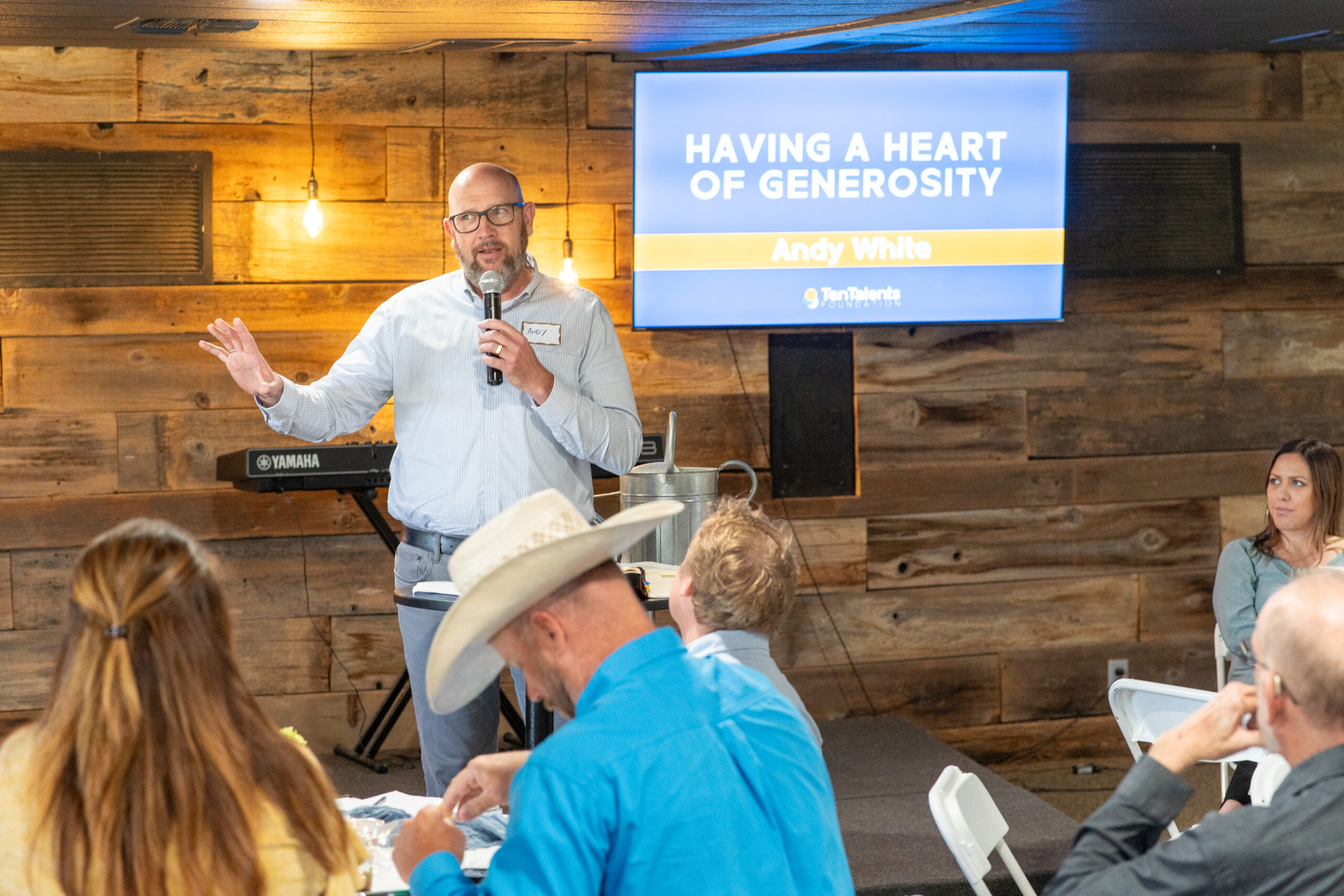
Attendees also learned from Ten Talents Foundation leadership and local experts about:
- How to have intentional conversations with people who want to support their organization
- Practical ways to better steward gifts for long-term organizational health
- Ways ministries can work with Ten Talents Foundation to accept asset-based gifts
- Building strong relationships with the community through consistent communication, stories of impact, and relational events
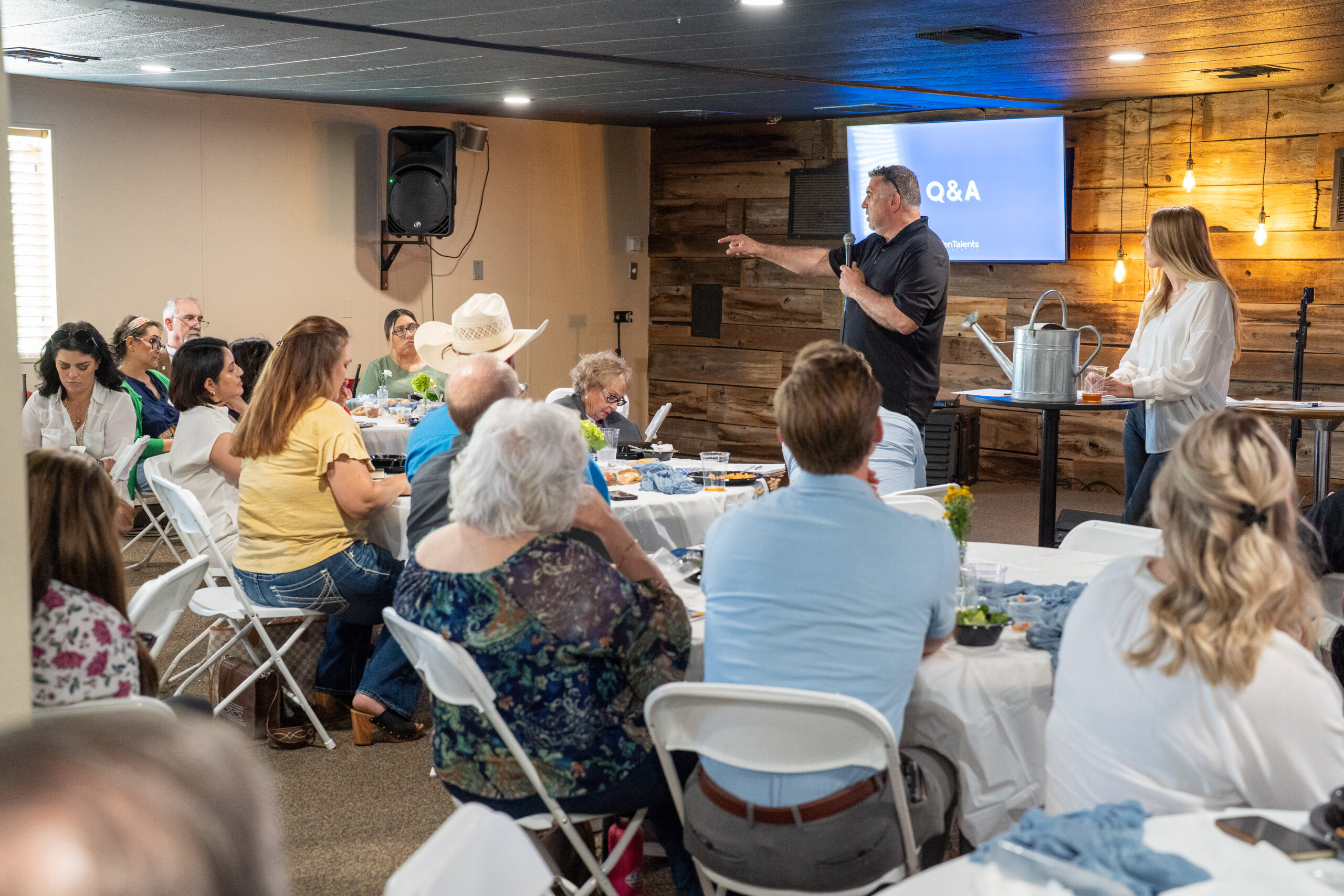
Last month’s workshop equipped ministry leaders who are committed to using every resource entrusted to them to fulfill their mission. As organizations learn how to accept new types of gifts, honor those who support their work, and develop long-term strategies to remain healthy, they are more equipped to make an impact in Central California for generations to come.
Thank you to everyone who attended and made this gathering such a meaningful time!
Interested in learning more or joining a future training? Contact Ten Talents Foundation here.
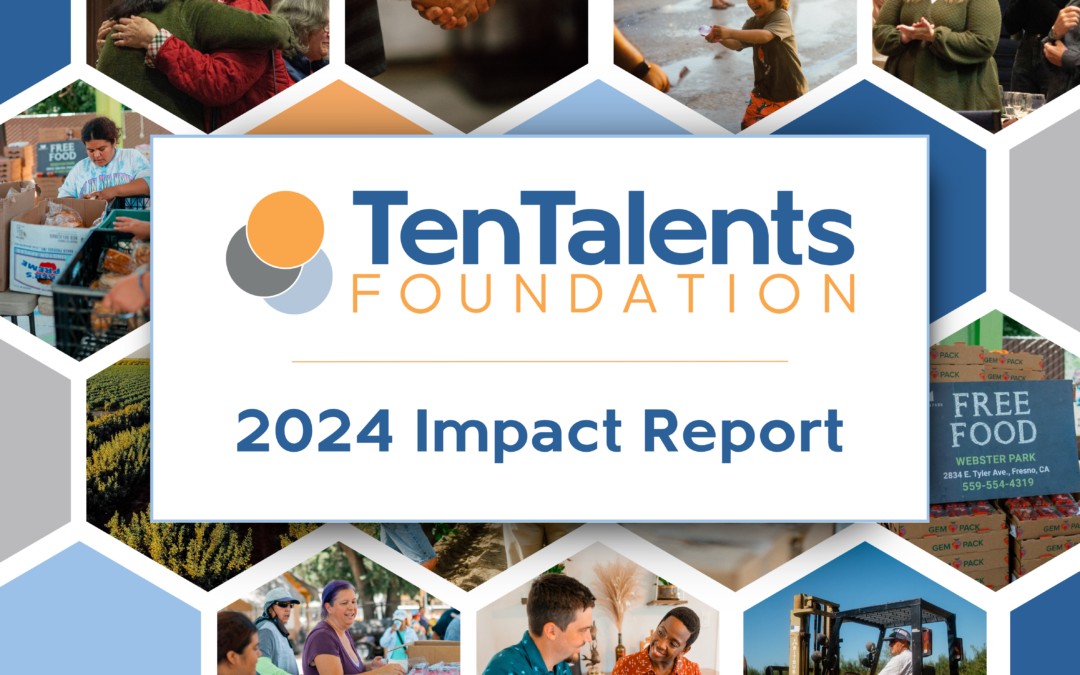



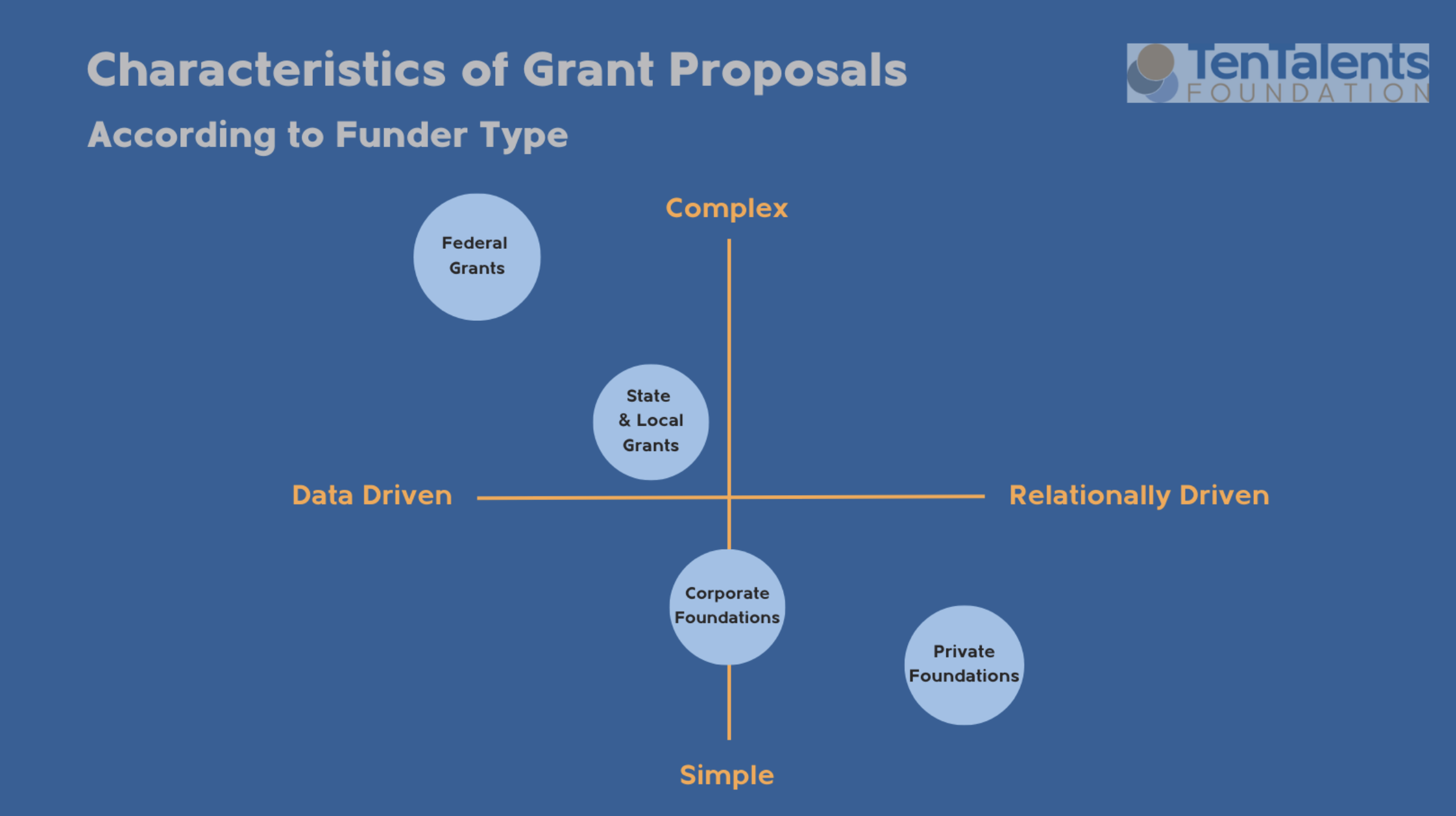
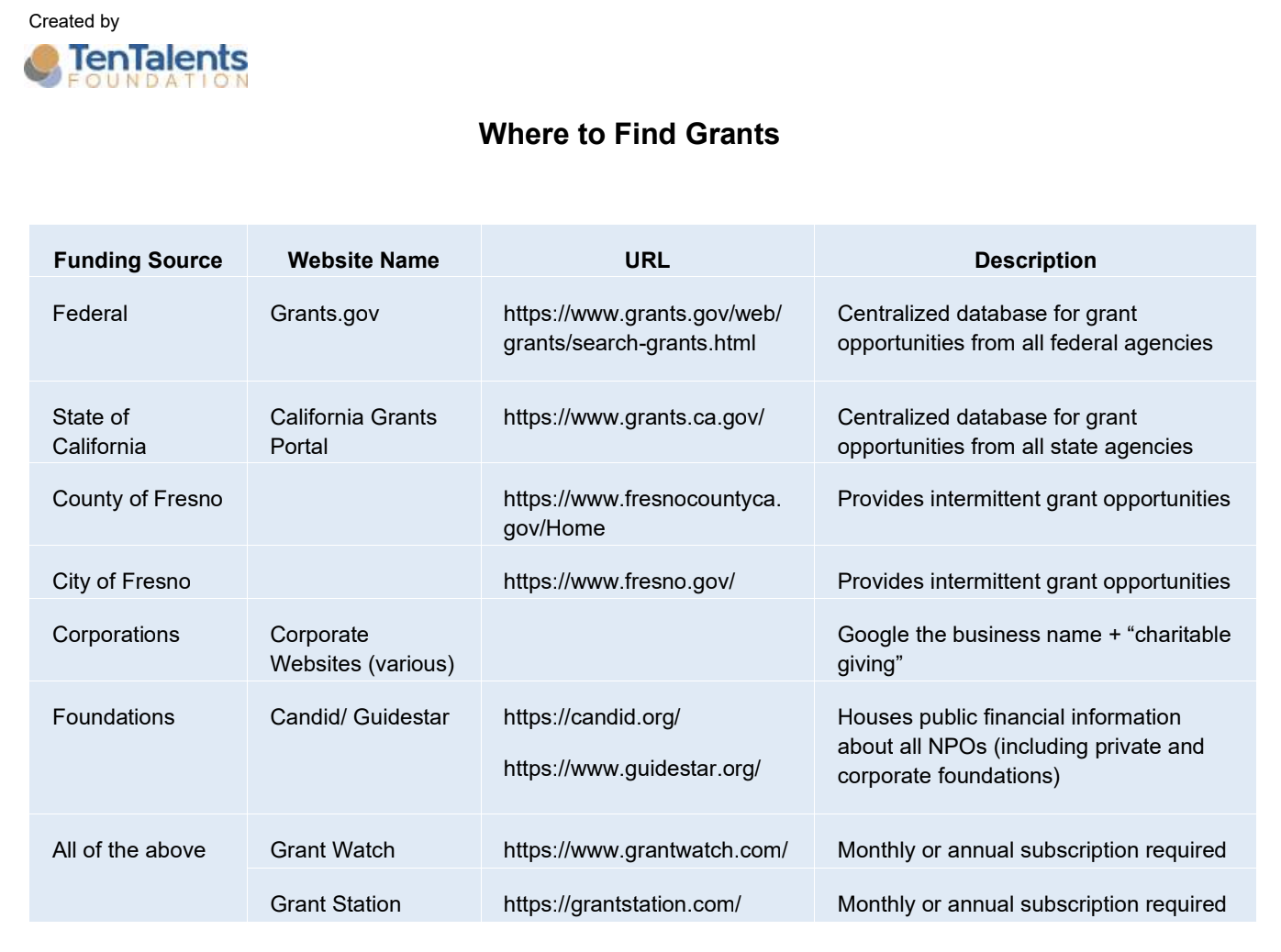


Recent Comments